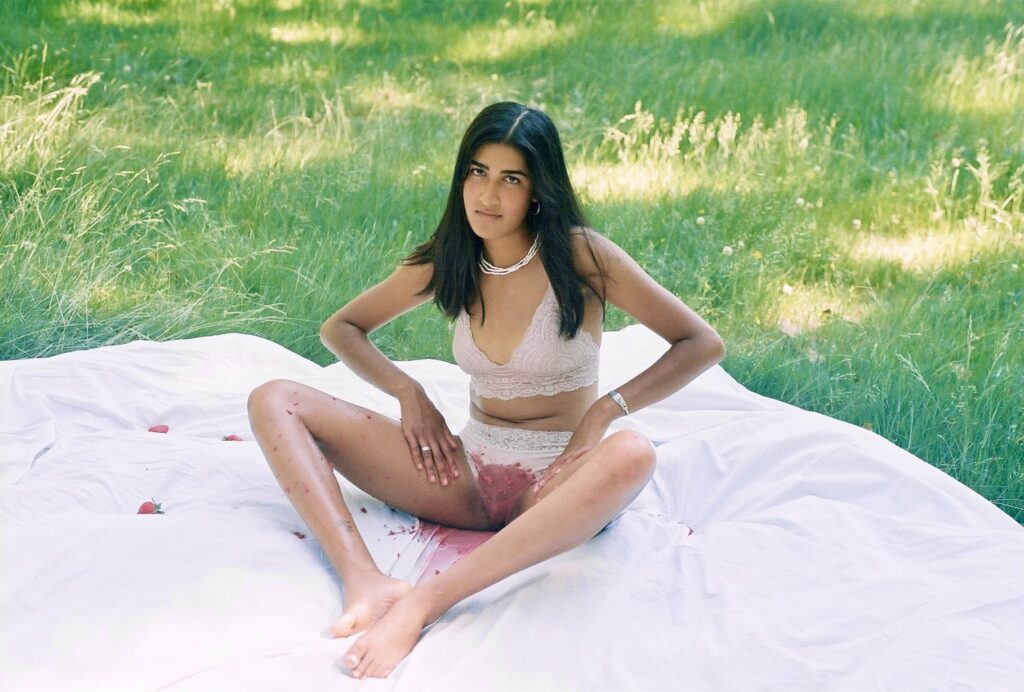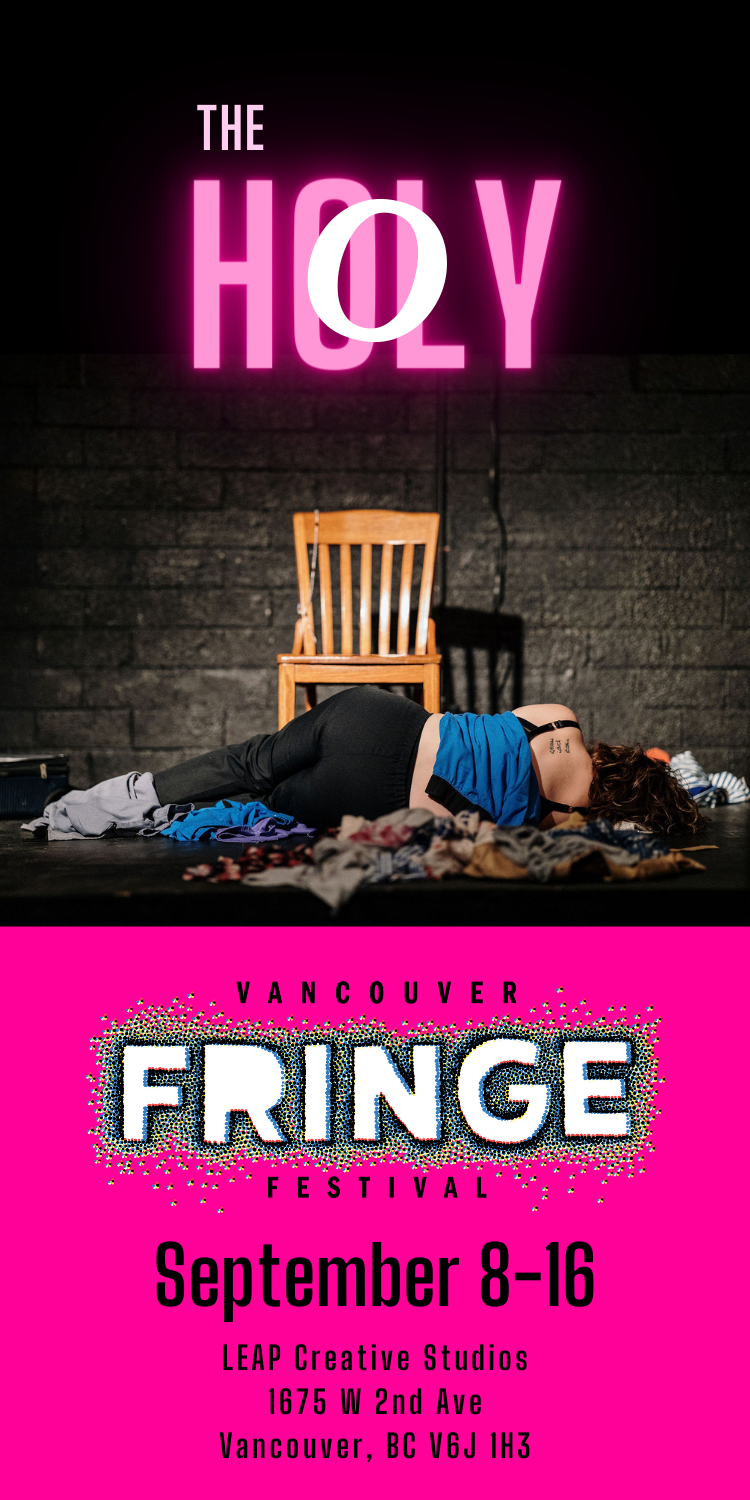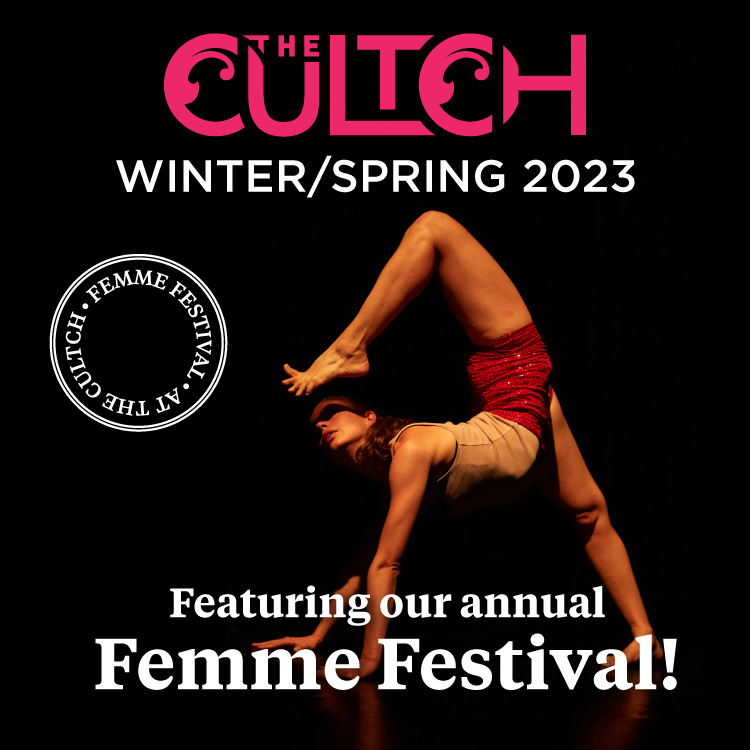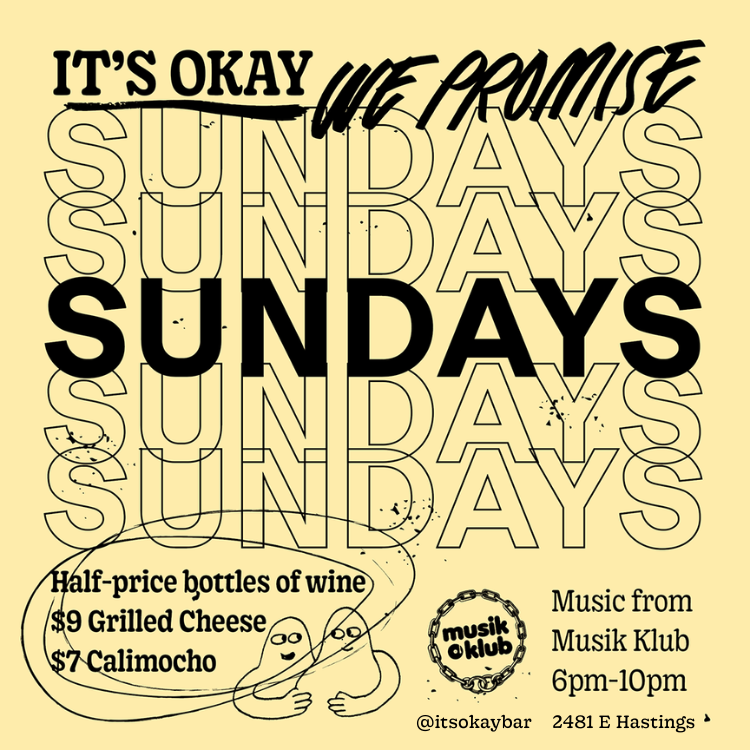It is so exciting to be able to say that we are currently in a time where I can open my Instagram feed and see an abundance of rich conversation on sexuality.
As a sexuality writer, podcaster, multidisciplinary artist and a frontline sexual assault response worker, I want to start this conversation off by stating that, while all of my work centralizes on an exploration of sexuality and sexual wellness advocacy, I am buoyed by generations of femmes and queer communities before me who tirelessly advocated for our right to protest for pleasure.
Today, I can open my phone at any given time and connect with resources and discourse surrounding pleasure, birth, women’s health, menstruation, sexuality, mental health and wellness, queerness, and so many other historically marginalized spaces of inquiry and connection.
Advocacy work by feminist writers like adrienne maree brown, Alice Walker, Audre Lorde and bell hooks paved the way for loud-and-proud conversations on sexuality and pleasure for those with vulvas. I may never have unpacked my own gender identity if not for podcasts like Sensual Self by Ev’yan Whitney; I may never have come into relationship with my menstrual cycle if not for Stella Artuso’s Blood Magic course.
In my frontline work, I am frequently connecting my clients to writers, thinkers and advocates speaking out on their pleasure and sexuality as a resource for healing, or simply, as a reminder that pleasure is our birthright. What may have been considered “pussy power” in the 1960s and ’70s, I have come to rebrand as The Vulvar Revolution.

The Pleasure Conversation
It’s common to see copious amounts of art, resources, and products circulate surrounding vulvar pleasure. I can list off the top of my head at least a dozen women and queer-run sexual wellness brands, platforms or products.
Platforms such as Queer Sex Therapy, Bonjibon, Jems For All, Salty World, Them Magazine, Seicus, Whats My Body Doing, Womanly, Bellesa, Cheex, Lisa Hendrickson, and so many more in this diverse online sexual education movement are constantly bringing me energy as we work together to crack open the conversation.
The BC Centre for Vulvar Health and Salal Sexual Violence Support Centre bring this work to the ground and provide practical resources and funding for the furthering of sexual health and wellness. It’s a reclaiming, it’s a revolution.
The bodies, and pleasure, of humans with vulvas have been hidden in North American culture just as long as North American culture has been colonial, and it is about damn time vulvas start to take over our imagery in media and art. We saw the beginnings of this in second wave feminism of the 1970s, with artists such as Hannah Wilke using vulvar art to confront the larger patriarchal art world and the blurring of gender lines in fashion brought on by pop culture icons such as David Bowie and Prince.
The third-wave intersectional feminist movement of the ‘90s and 2000s pushed back against second-wave feminism, which was rooted in racialized, socio-economic elitism. This movement was led by the BIPOC feminist community, restructuring the previous work toward femme body liberation, in order to cause more good than harm.
Netflix releasing shows such as Sex Education, Sex Life, How To Build A Sex Room, Bonding, and many more are starting to bring femme sexuality into the mainstream, albeit through a very specific, digestible, polished lens. But, it’s there!
We are in a very interesting time for sexuality and sexual advocacy. The Vulvar Revolution, intends to spotlight the prominent focus on vulvas that has come to occupy the sexual wellness movement. But I pose the question to you: are conversations around sexuality and pleasure becoming quite gendered?
What feels apparent in all of this to me, is the massive disconnection I see when discussing sexuality and pleasure with cis men, and how it is accessed, or not accessed, in cis male spaces.
Femme and queer educators and thinkers are constantly churning out infographics about the clitoris, Erotic Blueprints and love languages. This valuable content is available at the tap of a finger, all placed on accessibly designed graphics ready for consumption.
With an Amazon search, you can find breast-shaped vases and plant holders, pussy print shirts, or femme-body silhouette earrings, solidifying the feeling that open conversations on pleasure in relation to femme bodies is now at a place where it can in fact be mass marketed, sold, consumed, and worn to work.
At the same time, as we are working to expand the conversation around pleasure and sexuality, we are simultaneously working to dismantle patriarchal and colonial conceptions of gender.
It begs the question though: is there space in the pleasure conversation for CisHet-masculinity? Is there space for us to welcome in the voices that have for so long been—and continue to be—the oppressors? Is it possible to dismantle the separation between self and those who caused harm as we carve out these spaces for pleasure and sexuality? If this work is by us and for us, then is it possible to detach pleasure from femininity?
Is it a matter of detaching gender from pleasure, or is it really about having an overarching check-in with our relationships to femininity as it exists in all of us? Maybe it’s about checking in with our internalized anti-queerness and homophobia in relation to our pleasure under the patriarchy.
Gendering Pleasure
I am proud to exist in a time, and be part of a community, in which I can ask those around me, “Where are you at in your cycle?” or “What’s your masturbation routine like?” or “How’s your sexual relationship with yourself?”
I know that I, and those around me, have worked hard to get here.
Within the feminist and queer communities, we have had to do so much work to get to a place where we can even ask these questions of one another within our safe spaces – cis men never had to fight for that space, so they’ve often never allowed themselves to really explore their pleasure in the same way.
Men were always having orgasms, so no further investigation was needed.
Women and people with vulvas (in the Western, colonial patriarchy) on the other hand, just recently started to learn about their pleasure outside of the context of a heterosexual experience. Together, we are uncovering infinite access points and gateways to the pleasure available in our bodies. We are no longer centering the penis in relation to our pleasure.
The Work
With my frontline work, I am exposed to the harm caused by toxic masculinity, rape culture and misogyny daily.
I see time and time again, femmes entering relationships with CisHet men and then feeling responsible to take on the role of the educator, to teach them all of this stuff we’ve been working on for generations in hopes that they will get on board. While it is important to grow together in relationships, it is equally necessary to grow individually and to do our own work so we may come together in healthy attachments that do not excuse misogynistic sexual practices.
Where does The Vulvar Revolution, its corresponding art, media and conversations, sit within the broader pleasure and sexuality landscape? How do we have these conversations and create spaces for expansive, queer and liberated sexuality in a world that tells some of us “you need 23 different vibrators because you’re worth it,” while simultaneously telling others “it’s too gay to explore your pleasure.” Who is going to start these conversations?
Who is going to confront the internalized misogyny of male-centered pleasure practices?
How do we unite with our oppressors? How do we forgive? How do we find pleasure, and masculinity, in the gradient?
As femmes and queer communities, we are moving towards a revolution and we are taking our power back.
No matter your gender expression, pleasure is your birthright.
As the great Pussycat Dolls once said, “I can get off when you ain’t around!”




